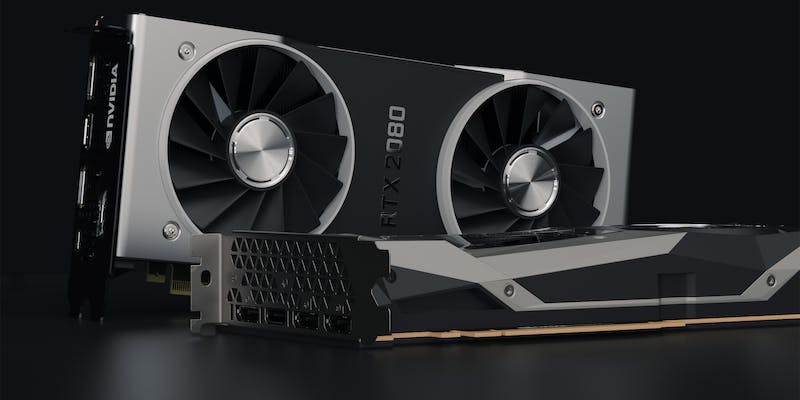Following the US government’s imposition of export controls on high-end technology, China’s access to NVIDIA’s GeForce RTX 4090 GPU—a powerhouse for gaming and AI—has been cut off. Despite the restrictions, the demand within the Chinese market has not waned, particularly among AI enthusiasts and professionals. These consumers prefer the 4090 for its robust performance at a lower price point compared to NVIDIA’s more specialized products such as the H100 and A100 chips. The embargo has unintentionally given rise to a lucrative black market, wherein Chinese resellers have started to capitalize on the shortfall.
Chinese vendors have devised an ingenious workaround by acquiring complete PC builds featuring the coveted RTX 4090 from regions like Taiwan, South Korea, Singapore, and Vietnam, where sales remain unaffected by the ban. They then proceed to extract the GPUs from these units, reselling them individually on the mainland at a significant markup. This activity has not gone unnoticed by retailers, who have tried to stifle such practices by bundling the RTX 4090 exclusively within pre-built systems.
Price Surge Amidst Persistent Demand
Efforts to stem the resale of high-end graphics cards like the RTX 4090 have fallen short, with a recorded instance of a Chinese buyer procuring 20 computers, each with an RTX 4090, from a Taiwanese retailer. These GPUs are then sold individually at a profit despite their marked-up prices. Their utility in China’s AI development space drives persistent demand, making the inflated cost a lesser barrier for buyers.
To address legal constraints in the Chinese market and maintain its clientele, NVIDIA introduced the RTX 4090D, a slightly less powerful version of its flagship GPU. This move highlights the strategic lengths that manufacturers and consumers are willing to go through under the shadow of trade restrictions. While it’s still uncertain if the RTX 4090D will fully meet the demands of the AI industry in China, the scenario underscores an intricate dance between supply and demand in a restricted economic landscape.

